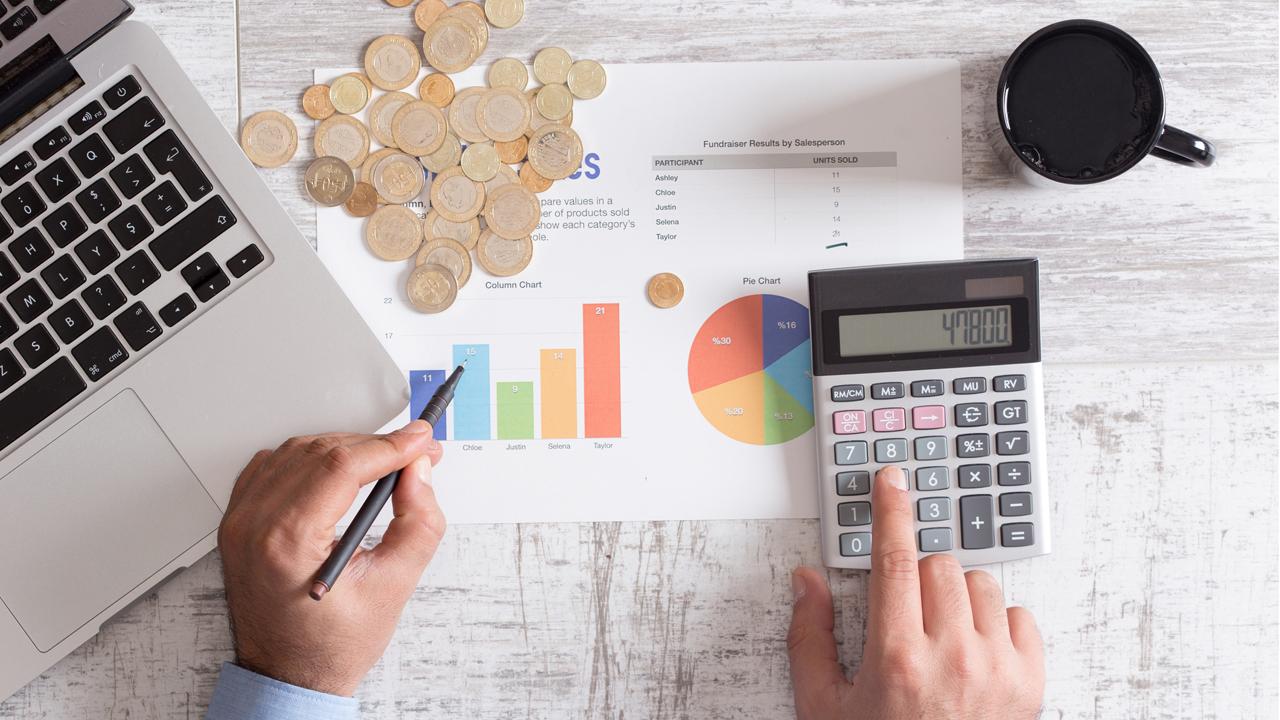Reasons to give your 401(k) an end-of-year bonus
Since the economy is strong, unemployment is at nearly a 50-year low, and consumers are feeling pretty confident, there’s been a lot of self-gifting this holiday season, making it extra costly.
Did you buy yourself a little something a few times over? And are you now feeling guilty about these purchases? Then why not counter the unexpected spending (and your guilt!) by ramping up your 401(k) contribution?! After all, it’s an easy way to both save for retirement and lower your taxable income for the year (since contributions are pre-tax), thus decreasing your tax bill.
If you’re close to this year’s maximum contribution limits - $18,500; $24,500 if you’re 50 or older - try to ratchet it up to these levels.
“If you’re a worker in the 22% tax bracket and you max out, you’re going to reduce your tax bill by $4070,” says Greg McBride, chief financial analyst at www.bankrate.com. Older Americans making catch-up contributions could save as much as $5390 (and $9065 for those in the highest tax bracket, 37%).
Furthermore, says McBride, that $18,500 invested this year would be worth the following amounts in the future, assuming a 7% annual rate of return:
- In 10 yrs: $36,392
- In 20 yrs: $71,589
- In 30 yrs: $140,826
- In 40 yrs: $277,027
Unable to max out? “Contribute however much you can, getting as close to the max as possible,” says McBride. “This is not an ‘all or nothing’ scenario. Even a few hundred dollars can help.”
After all, says McBride, “every dollar you put away in your 20s is worth 15 times that by the time you get to your 60s; every additional dollar workers in their 50s make through catch-up contributions quadruples in a little over 20 years.”
Don’t delay. You may have just one more paycheck - and maybe even a year-end bonus or commission payout - coming your way in 2018, “and you’ve got one more swing of the bat before the door closes for the year,” says McBride.
“Initiate a conversation with your payroll department or plan administrator now so that you’re not scrambling to make the December 31st deadline, ” says personal finance expert, Lynnette Khalfani-Cox, CEO and co-founder of AskTheMoneyCoach.com.
And while you’re at it, think about planning ahead for 2019, says McBride.
“You should be contributing at least enough to get the company match,” most commonly 50 cents on the dollar up to 6% of your salary (For a worker making $60,000 a year, that’s the equivalent of your employer giving you a check for about $1800.).
“This is the ‘free money’—but don’t stop there. You should try to save at least 10% to 15% of your income for retirement. The sooner you get there, the better off you’ll be later on,” he says.
If saving more for retirement is one of your resolutions for 2019, there’s good news: The limit on 401(k) plans rises to $19,000.
“That extra $500 may not sound like much, but putting it away results in a nest egg that is $3800 higher in 30 years,” says McBride. (And if you keep at it, $500 per year for 30 years at a 7% annual rate of return = an extra $47,230.)
Limits for individual retirement accounts will also go up—for the first time since 2013. In 2019, you will be able to save a maximum of $6,000 in your IRA, up from $5,500 in 2018.
Vera Gibbons is the Founder of nonpoliticalnews.com which produces “NoPo” - a free daily newsletter that covers and curates non-political news only within Consumer/Personal Finance; Health & Wellness; Fashion/Beauty; Fitness/Diet.




















